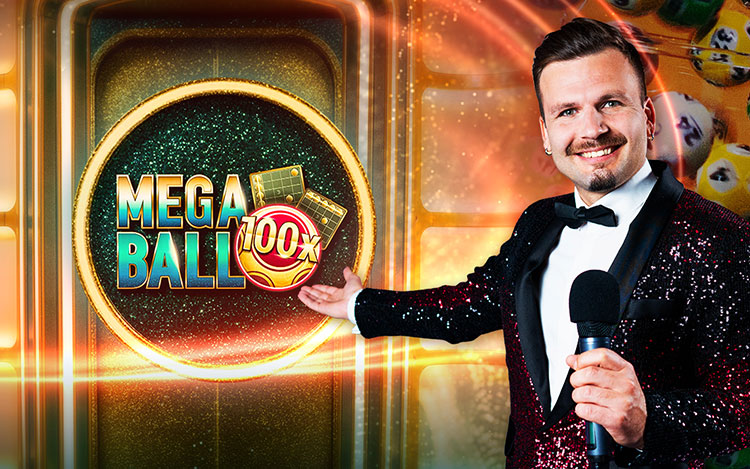Body language often speaks louder than words. Poker players, whether at the table or in a live casino online, excel at decoding subtle gestures to gain insights into their opponents’ hands. In everyday life, the ability to interpret these non-verbal cues can provide a powerful advantage in understanding true intentions. From negotiations to social settings, reading body language can help you navigate interactions with greater clarity and confidence.
The Eyes Have It
The eyes are often referred to as the window to the soul, and for good reason. In poker, players may avoid eye contact to hide their intentions or stare too intently in an attempt to intimidate. Similarly, in social or professional situations, the eyes can reveal a lot about someone’s feelings or focus.
For instance, if someone maintains steady eye contact, it often signals confidence or engagement. On the other hand, darting eyes or frequent glances at the exit might indicate discomfort or distraction. Learning to recognize these subtle shifts can help you gauge someone’s level of interest or honesty.
Posture Tells a Story
How someone sits or stands can speak volumes about their mindset. A confident individual often has an open posture, sitting upright with uncrossed arms and legs. In contrast, slouching or shrinking into a chair may indicate insecurity or disinterest.
In a negotiation, leaning slightly forward suggests engagement and curiosity, while leaning back with crossed arms can signal defensiveness or reluctance. Like a poker player assessing an opponent’s stance, observing posture in conversations provides valuable context for understanding someone’s attitude.
Microexpressions: The Blink-and-You’ll-Miss-It Signals
Microexpressions are fleeting facial expressions that last only a fraction of a second but can reveal genuine emotions. Even skilled poker players struggle to suppress these involuntary reactions entirely.
In everyday situations, microexpressions like a brief frown, a flash of surprise, or a quick smirk can betray someone’s true feelings. For example, during a job interview, a subtle grimace after a question may indicate discomfort with a particular topic, even if the candidate’s words suggest otherwise. Paying attention to these fleeting signals can help you uncover what someone might be hesitant to verbalize.
The Hands Don’t Lie
Hand movements can reveal nervousness, confidence, or even deception. In poker, fidgeting with chips or cards is often a tell of anxiety or excitement. In daily interactions, similar behaviors—like tapping fingers, playing with a pen, or rubbing hands—can indicate restlessness or anticipation.
Conversely, open-handed gestures often signal honesty and openness, while hiding hands in pockets or behind a desk might suggest unease. Observing how someone uses their hands during a conversation can give you deeper insights into their comfort level and intentions.
The Role of Silence
Body language isn’t just about movement—it’s also about stillness. Pauses and silence can be just as revealing. In a live casino online setting, an opponent who suddenly freezes might be deep in thought or trying to mask excitement about a strong hand.
In conversations, a long pause after a question might indicate someone is carefully crafting their response, or it could suggest hesitation. Learning to interpret what silence means in context is an essential skill for reading social cues effectively.
Context Matters
While body language provides valuable clues, context is key to accurate interpretation. Crossed arms might indicate defensiveness in one scenario but could simply mean someone is cold in another. A lack of eye contact might signal dishonesty or could just reflect cultural norms.
To read body language effectively, consider the environment, the person’s baseline behavior, and the overall dynamics of the interaction. This holistic approach helps you avoid misjudging someone based on a single gesture.
Mirroring for Connection
One strategy poker players use to establish a rapport is subtle mirroring—matching the posture, gestures, or tone of their opponents. This technique can create a sense of connection and trust, even in competitive environments.
In professional settings, mirroring can help build rapport during meetings or interviews. If your conversation partner leans forward slightly or nods while listening, subtly doing the same can create a sense of alignment and mutual understanding.
Common Misreads to Avoid
While reading body language can be powerful, it’s easy to overinterpret signals. Avoid making snap judgments based on a single gesture or expression. For example, someone crossing their arms might feel defensive, or they might simply be more comfortable that way.
Instead, look for patterns and clusters of behavior. A combination of gestures, posture, and facial expressions is far more reliable than isolating one cue.
The Takeaway
Decoding body language is an invaluable skill, whether you’re analyzing opponents at a live casino online or navigating everyday interactions. By observing subtle cues like eye movements, posture, and microexpressions, you can uncover hidden intentions and build stronger connections.
The key to mastering this skill is practice and context. Pay attention to how people’s non-verbal signals align with their words and actions. Over time, you’ll become adept at reading the “tells” in social and professional situations, giving you a significant advantage in communication. So, the next time you’re in a high-stakes conversation, keep your poker face—and your observational skills—sharp.

